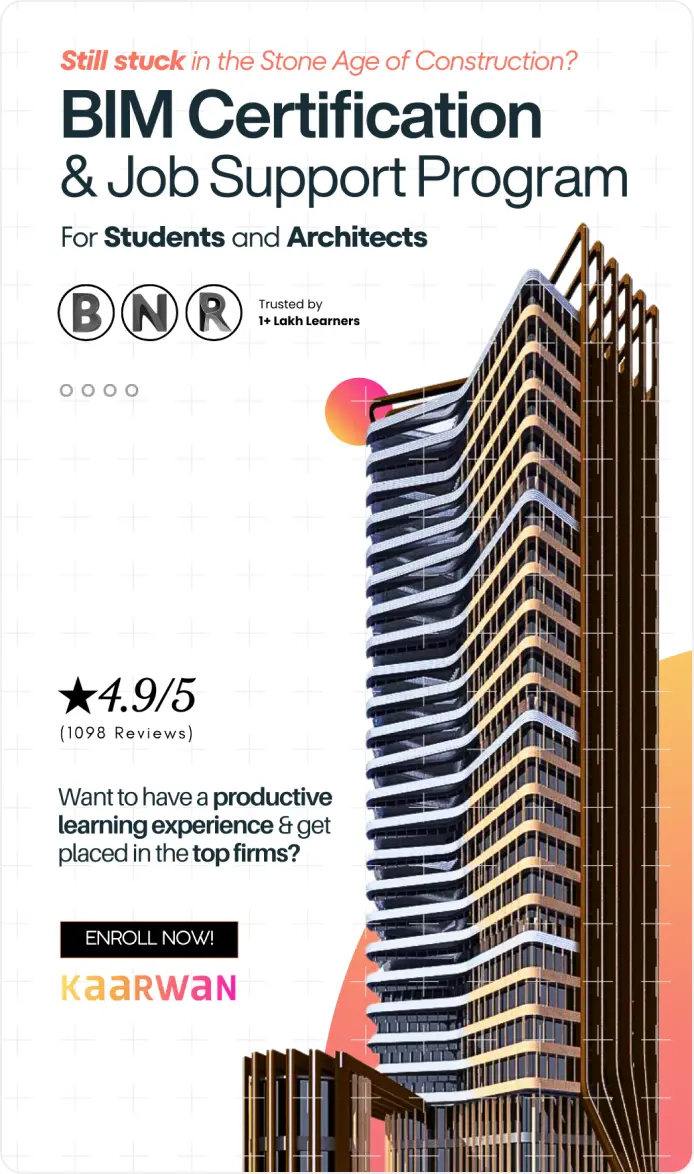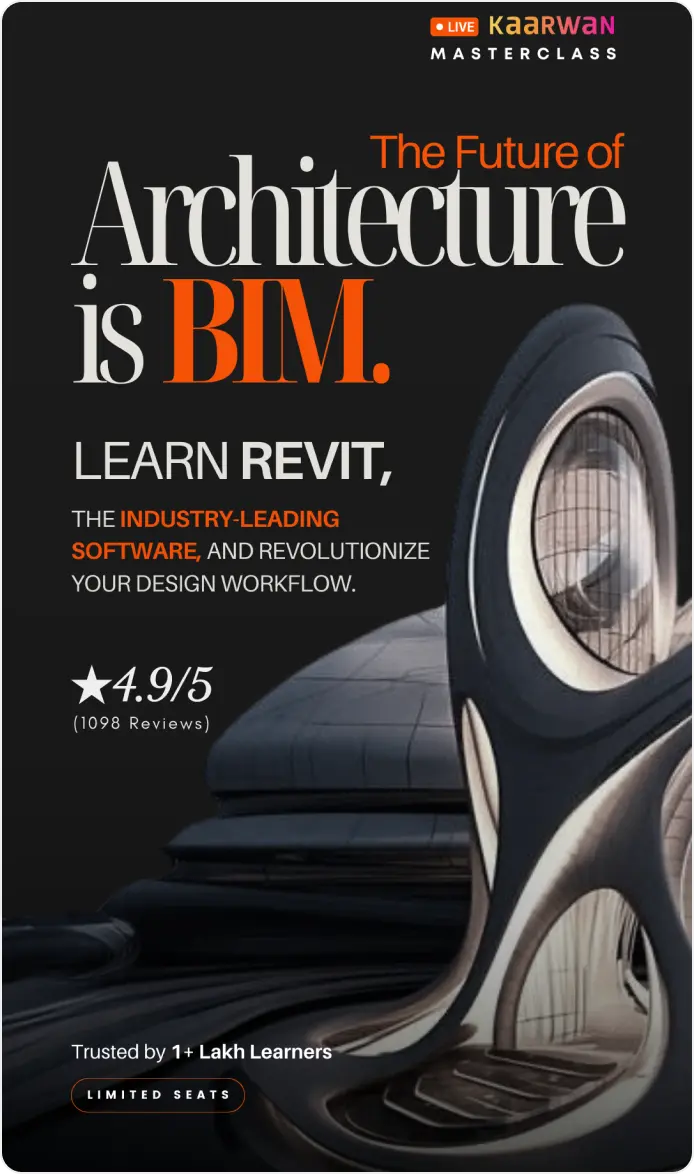Let’s take a look at the world of cutting-edge architectural design with Rhino and Grasshopper! Developed by Robert McNeel & Associates, Rhino reigns supreme as a software powerhouse for architects. Its versatility in crafting highly detailed 3D models coupled with a user-friendly interface makes it an architect's best friend.
But wait, there's more! Grasshopper, a game-changing plugin for Rhino, adds the magic of parametric design. This means you can create algorithms that generate complex designs based on user-defined parameters and rules, revolutionizing the way you approach architectural design.
Exploring Essential Rhino Features
Before getting into the advanced phase, let's solidify your foundation in Rhino. The ability to customize your workspace layout is key to maximizing efficiency. Tailor the environment to your specific project needs for a seamless workflow. Rhino boasts a robust toolkit loaded with surface creation, solid modeling, and a powerful rendering engine.
These features empower you to visualize and communicate your design concepts with stunning clarity, ensuring your vision is understood by everyone involved. Mastering these foundational features unlocks the true potential of Rhino for architectural projects of all sizes and complexities.
Advanced Techniques in Rhino Architecture
Rhino, renowned for its robust 3D modeling capabilities, offers advanced techniques that empower architects to create complex and innovative architectural designs. These techniques leverage Rhino's versatile toolset and integration with plugins like Grasshopper to enhance design flexibility, efficiency, and creative exploration.
1. Parametric Modeling
Parametric modeling in Rhino is pivotal in advanced architectural design, where designs adjust dynamically based on defined parameters like dimensions, material properties, and environmental conditions. Architects use these parameters to influence both the geometry and behavior of their designs, enabling rapid exploration of multiple iterations.
This iterative process facilitates efficient design optimization and experimentation, ensuring that the final design not only meets functional needs but also embodies desired aesthetic and performance qualities.
2. Generative Design
Generative design in Rhino expands upon parametric modeling by using algorithms to explore extensive design options aligned with specific goals and constraints. Architects leverage these techniques to automate complex geometry creation, optimize structural layouts, and generate innovative forms responsive to environmental factors and user needs.
This approach enables architects to discover unconventional design solutions that traditional methods might overlook, promoting creativity and innovation in architectural design.
3. Scripting and Automation
Rhino supports scripting languages like RhinoScript (based on VBScript) and PythonScript, enabling architects to automate repetitive tasks and customize workflows. Scripting in Rhino allows for the creation of custom tools, commands, and processes tailored to specific project requirements.
By scripting routine tasks such as geometry manipulation, data processing, and analysis, architects can streamline workflow management and enhance productivity. This capability also facilitates integration with external software and data sources, expanding Rhino's functionality and interoperability within larger architectural workflows.
4. Advanced Visualization and Rendering
Visualization and rendering play a crucial role in architectural design communication and presentation. Rhino offers advanced rendering capabilities, including realistic material simulation, lighting effects, and environmental settings. Architects can create photorealistic renderings that accurately depict design intent, helping stakeholders visualize and understand proposed architectural solutions.
By mastering advanced rendering techniques in Rhino, architects can enhance the visual impact of their designs and effectively convey design concepts to clients, collaborators, and decision-makers.
5. Digital Fabrication and CNC Integration
Rhino supports digital fabrication processes through seamless integration with Computer Numerical Control (CNC) machines and 3D printing technologies. Architects can use Rhino's tools to generate fabrication-ready files from complex 3D models, ensuring precision and accuracy in manufacturing.
This capability enables architects to translate digital designs into physical prototypes, architectural components, and structures with minimal error and waste. By leveraging digital fabrication in Rhino, architects can explore innovative construction techniques and realize intricate design details that enhance both form and function in architectural projects.
Advanced Tips for Parametric Design in Architecture
Parametric design is a powerful approach in architecture that allows architects to create complex, responsive, and efficient designs by defining relationships and rules within the design process. Here are some advanced tips to maximize the benefits of parametric design:
1. Define Clear Design Parameters
Effective parametric design starts with defining clear parameters that drive the design process. Parameters can include dimensions, material properties, environmental conditions, structural requirements, and aesthetic preferences. By establishing these parameters early on, architects can ensure that the design responds intelligently to various inputs and constraints throughout the iterative design process.
2. Utilize Iterative Design Exploration
Parametric design encourages iterative exploration of design possibilities. Architects can use parametric modeling tools in Rhino to generate multiple design iterations based on different combinations of parameters. This iterative approach allows for rapid prototyping and evaluation of design alternatives, enabling architects to refine and optimize the design based on performance criteria and design goals.
3. Integrate Environmental Analysis
Incorporating environmental analysis into parametric design processes enhances sustainability and performance-driven design outcomes. Rhino supports plugins and tools for environmental analysis, such as energy simulation and daylight analysis. By integrating these analyses with parametric models, architects can optimize building performance, energy efficiency, and occupant comfort early in the design phase, resulting in more sustainable and resilient architectural solutions.
4. Optimize for Fabrication and Construction
Parametric design facilitates the optimization of architectural geometries for digital fabrication and construction. Architects can use Rhino's parametric modeling capabilities to generate fabrication-ready files that are precise and adaptable to manufacturing processes like CNC milling and 3D printing. Optimizing designs for fabrication minimizes material waste, reduces construction time, and ensures accuracy in building assembly, contributing to cost-efficiency and sustainability in construction practices.
5. Embrace Design Flexibility and Adaptability
One of the key advantages of parametric design is its ability to create adaptive and responsive designs that can accommodate changes and variations over time. Architects can design parametrically adaptive components and systems that respond to evolving user needs, site conditions, and technological advancements. This design flexibility enables architects to future-proof their designs and adapt them to unforeseen challenges or opportunities throughout the building's lifecycle.
6. Document and Communicate Design Intent
Effective communication of design intent is essential in parametric design projects. Rhino architecture’s visualization and rendering tools can create compelling visuals and presentations that communicate the rationale behind parametric design decisions to clients, stakeholders, and project teams. Clear documentation of parametric models, workflows, and design iterations ensures transparency and facilitates collaborative decision-making throughout the project lifecycle.
Conclusion
In conclusion, Rhino and Grasshopper stand at the forefront of modern architectural design, offering architects unparalleled tools for creativity and efficiency. From foundational features to advanced techniques like parametric modeling and generative design, these platforms empower architects to innovate and optimize their designs with precision and sustainability in mind. By employing these technologies, architects can deliver impactful architectural solutions that meet the evolving needs of clients and society, ensuring a future where design excellence and technological advancement go hand in hand.
Become an expert in advanced architectural design. Join our Advance Rhino & Grasshopper Certification Course and learn parametric modeling, scripting, and more to create innovative designs. Enroll now!
Visit the Kaarwan website for more insights! 📈

